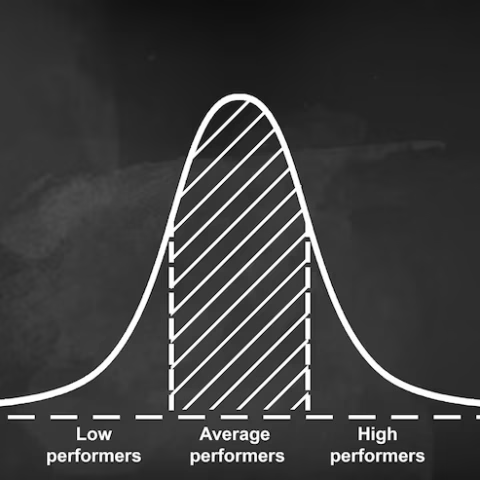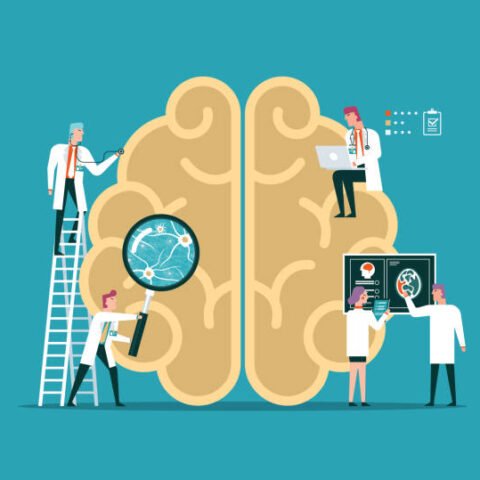
5 Important Non-Parametric Tests for Correlated Data and Uncorrelated Data
Introduction Non-parametric tests provide robust alternatives to parametric methods when data violate assumptions such as normality or homogeneity of variances. These tests are invaluable when dealing with ordinal data, small







